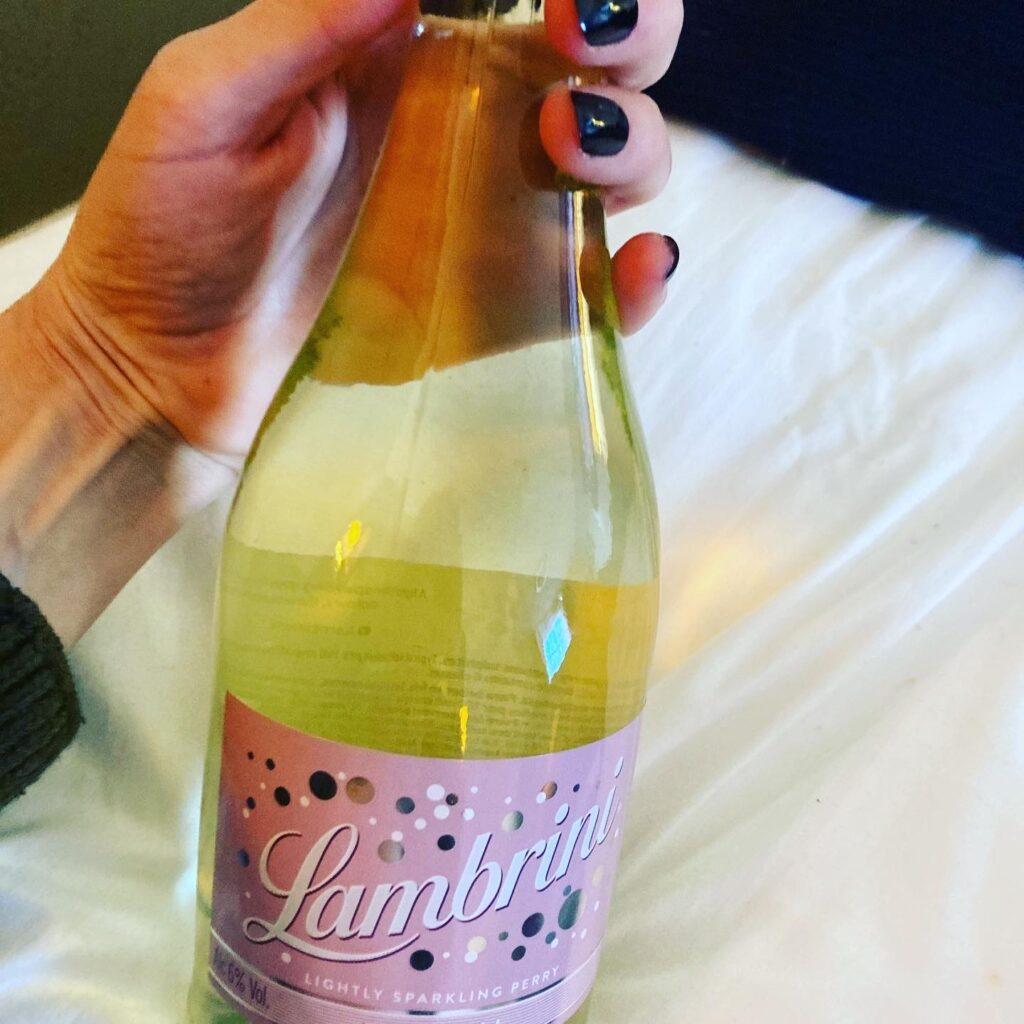We all know the phrase “a moment on the lips, a lifetime on the hips.” But what if the damage lands somewhere more visible—like right between your eyebrows?
Yep. It turns out your face is snitching on everything you eat.
Whether you’re glowing like a golden hour selfie or breaking out like a teen in finals week, your food choices could be behind it all. Dermatologists and scientists agree: your skin is a mirror of your health, and it’s not shy about spilling your secrets.
So, what should you eat, avoid, or run screaming from? Let’s break down the big offenders—and how to reclaim your radiant glow.

The dairy dilemma: It’s not just your gut
Let’s start with the not-so-wholesome truth: dairy is doing your skin dirty.
Multiple studies show that cow’s milk can trigger breakouts, inflammation, and even hormonal acne. Why? Because it messes with your body’s delicate hormonal balance and triggers an inflammatory response—cue puffy under-eyes, redness, and extra oil production.
Switch it up: Try oat, almond, or soy milk alternatives. Most are packed with skin-friendly nutrients like vitamin E, without the added chaos.
Read more: Why going plant-based might save your skin

Wine face is real—and it’s not cute
If you’ve ever woken up post-wine night with dry lips, puffy eyes, and blotchy cheeks, you’re not imagining it. Alcohol dehydrates your skin, breaks down collagen, and widens your pores. It can even leave you with burst capillaries (hello, red nose!).
Long-term effects? A tired, sagging look that no concealer can quite fix.
Better sip: Try herbal teas, infused water, or kombucha to keep the glow without the damage.
Sweet tooth? Say goodbye to smooth skin
Sugar is sneaky—it’s everywhere. Bread, sauces, salad dressings, and even “healthy” snacks. But here’s the kicker: excess sugar makes collagen rigid, meaning your skin loses that bounce and plumpness.
It also sends your insulin levels on a rollercoaster, which translates to dullness, inflammation, and (ugh) sagging.
Glow-up tip: Trade processed sugar for natural options like fruit, dates, or raw honey in moderation. Your future face will thank you.
You’ll also love 5 sugar swaps that won’t make your skin freak out

Glow from the inside out: Eat your colours
According to researchers, people are more attracted to faces with a healthy yellow-red glow. That tone often comes from carotenoids—plant pigments found in colourful vegetables like carrots, sweet potatoes, spinach, and tomatoes.
These nutrients boost your antioxidant levels and help reduce inflammation. In simple terms: more veggies = better vibes (and better selfies).
Add this option to your cart:
- Carrots
- Kale
- Bell peppers
- Mangoes
- Tomatoes
Related: The surprising link between skincare and your salad bowl

The cold, hard truth: Skin as an evolutionary billboard
Here’s where it gets really interesting. Evolutionary biologists believe our skin sends subconscious messages about our health and reproductive fitness.
People perceive those with glowing, oxygenated skin as more attractive and healthy. Meanwhile, pale, blue-toned, or sallow skin can signal fatigue, poor circulation, or underlying health issues.
Basically, your face is like a pop-up ad for your lifestyle. And your diet’s writing the copy.

The face never lies.
Let’s recap the no-no list:
- ❌ Dairy (bye-bye cow’s milk)
- ❌ Alcohol (cheers to less)
- ❌ Sugar (you sweet saboteur)
And the all-stars:
- ✅ Colourful veggies
- ✅ Antioxidant-rich foods
- ✅ Plenty of water and sleep
Your skin deserves better than another crash diet or miracle cream. It needs consistent care—from your grocery basket to your late-night snack.
So next time you reach for a sugary treat or pour another glass of red, just remember… it might show up on your face before your waistline.
Liked this post? You’ll love:












